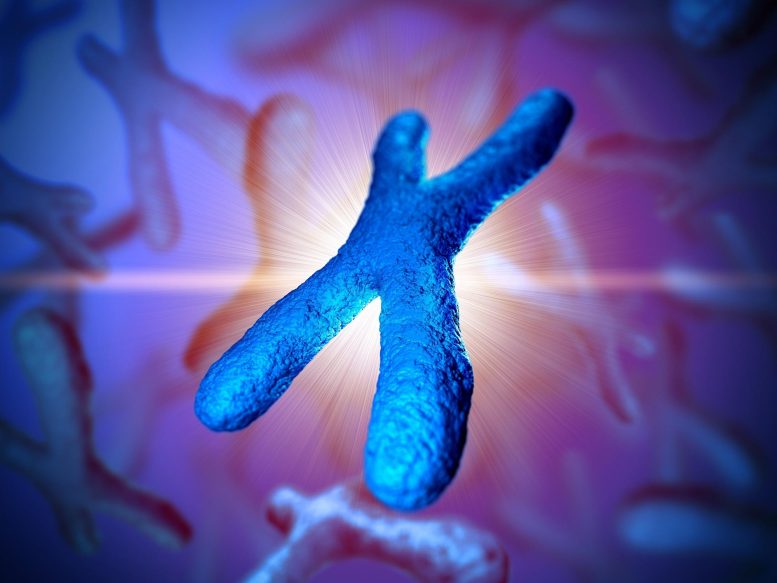
RIKEN researchers have discovered the roles of two protein complexes, PRC1 and PRC2, in the process of X-chromosome inactivation in female mammals, a mechanism that, when malfunctioning, can lead to cancers.
Two protein complexes play key but different roles in silencing one X chromosome in female mammals.
RIKEN researchers have shed new light on the roles two protein complexes play in the enigmatic process of turning off one X chromosome in female mammals. This finding could help researchers discover how certain cancers occur in women.
Males have one X chromosome and one Y chromosome, whereas females have a pair of X chromosomes. This redundancy of having two X chromosomes generally provides female mammals with extra robustness against genetic disorders and cancers compared with males.
During development, females employ a mechanism for turning off one of the X chromosomes, known as X-chromosome inactivation. When this process goes awry, women can develop major health problems such as breast cancer. A deeper understanding of proper X-chromosome inactivation could help to prevent or treat these types of tumor-fueling events in humans.
Now, by using mouse embryos, a team led by Haruhiko Koseki of the RIKEN Center for Integrative Medical Sciences (IMS) has shown how two protein clusters—known as polycomb repressive complex 1 (PRC1) and PRC2—serve independent and crucial roles in helping to keep one X chromosome in the developing embryo in a dormant state.
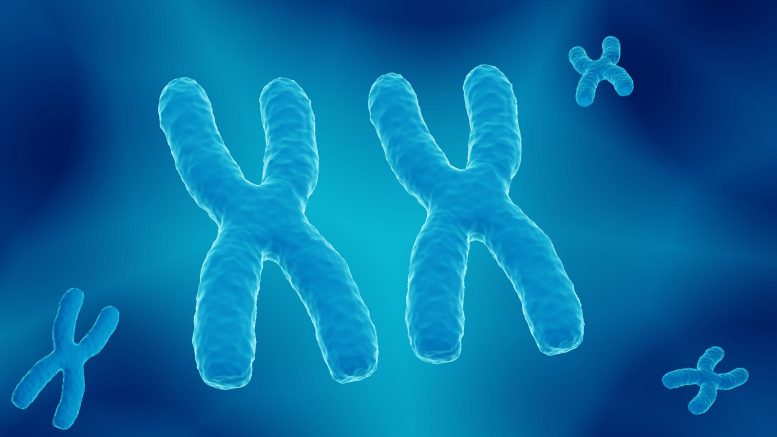
Figure 1: Illustration of two X chromosomes showing the female 23 chromosome pair. RIKEN researchers have discovered how two protein complexes turn off one X chromosome in female mammals.
Notably, the researchers found that only embryonic-support tissues rely on PRC1 and PRC2 to maintain gene silencing on the inactive X chromosome. In contrast, embryonic tissues themselves can keep the same chromosome in an idle position without using these epigenetic regulators, and thus must rely on some other molecular machinery to get the same job done.
“This study points out differential features of two major tissue lineages in developing embryos,” says Osamu Masui, also of IMS.
The researchers pinpointed the functions of PRC1 and PRC2 by studying mice genetically engineered to lack one or the other protein complex. These experiments showed how each PRC changes the winding of DNA in different ways to each silence a unique set of genes on the inactive X chromosome.
Both complexes are needed for proper X-chromosome inactivation in extra-embryonic tissues that will form organs such as the placenta. Yet both are also dispensable in the embryo tissue itself.
“This study clearly demonstrates that both PRC1 and PRC2 independently accumulate on the inactive X chromosome and differentially maintain X-linked gene silencing,” says Masui. “This finding could contribute to our understanding of how female-specific tumors form.”
The team is now trying to uncover the molecular mechanisms that allow embryonic tissues to tightly maintain X-chromosome inactivation. “These studies should help us further establish the fundamentals of gene regulation in the genome,” says Masui.
Reference: “Polycomb repressive complexes 1 and 2 are each essential for maintenance of X inactivation in extra-embryonic lineages” by Osamu Masui, Catherine Corbel, Koji Nagao, Takaho A. Endo, Fuyuko Kezuka, Patricia Diabangouaya, Manabu Nakayama, Mami Kumon, Yoko Koseki, Chikashi Obuse, Haruhiko Koseki and Edith Heard, 12 January 2023, Nature Cell Biology.
DOI: 10.1038/s41556-022-01047-y



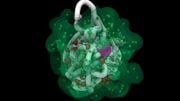


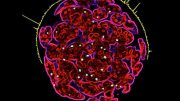

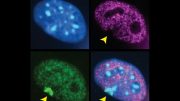
Be the first to comment on "Gene-Silencing Complexes Join Forces To Inactivate X Chromosomes – Insight Into Female-Only Cancers"